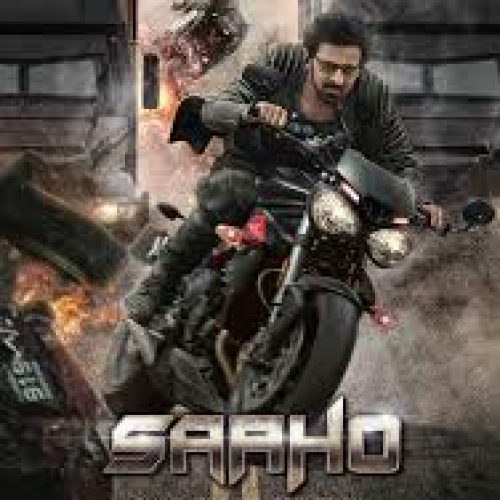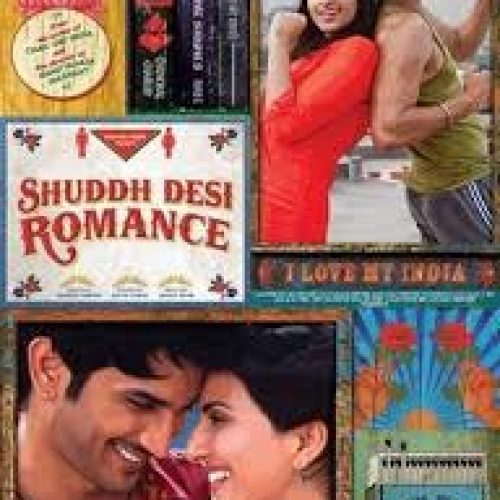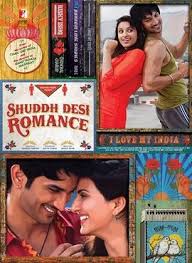From the very first frame, a sense of impending danger grips the viewer, setting the tone for the darkest chapter yet in the Harry Potter saga. Harry Potter and the Deathly Hallows: Part 1 (2010) stars Daniel Radcliffe, Rupert Grint, and Emma Watson, with strong supporting performances by Ralph Fiennes and Helena Bonham Carter. Directed by David Yates, this film departs from the familiar Hogwarts setting and throws the characters into a world on the brink of collapse, as Voldemort’s influence spreads across the wizarding world. The genre here leans heavily toward dark fantasy, with elements of drama, action, and suspense, creating an intense atmosphere throughout.
The plot follows Harry, Ron, and Hermione as they embark on a perilous journey to find and destroy the Horcruxes, objects containing fragments of Voldemort’s soul. Without the safety of Hogwarts, the trio is forced into hiding, constantly on the run from Death Eaters and Snatchers. Along the way, they encounter dangerous magical artifacts and shocking revelations about Dumbledore’s past, further complicating their mission. As their trust in each other is tested, the weight of their task becomes even more unbearable, threatening to tear them apart. With no certainty of survival, the trio must navigate a world in which darkness reigns supreme, all while uncovering clues about the Deathly Hallows—three powerful magical objects that might be their only hope.
One of the standout elements of the film is the impeccable acting from the three leads. Daniel, Rupert, and Emma have truly come into their own as actors by this point in the series, and their performances anchor the film’s emotional weight. Daniel’s portrayal of Harry captures the character’s growing sense of responsibility and isolation. In particular, scenes where Harry is grappling with the burden of his destiny, especially after losing so many loved ones, are portrayed with a quiet but palpable intensity. Emma delivers one of her strongest performances as Hermione, who is not only the brains of the trio but also the emotional glue holding them together. Rupert, as Ron, adds a layer of vulnerability, especially during scenes where his insecurities and doubts about the mission threaten to drive him away from his friends. The trio’s chemistry has never been stronger, and their emotional arcs are fully realized, making the audience feel their pain, fear, and occasional moments of hope.
Direction by David Yates is precise and immersive, pulling the viewer into the darker, more somber atmosphere that defines the film. His decision to slow down the narrative, focusing more on character development and emotional tension, is effective, given the high stakes of the plot. Yates handles the transition from action-packed scenes to quieter moments of introspection and despair with finesse, allowing the film to breathe even amid chaos. A perfect example is the camping sequences, where the trio’s loneliness and sense of helplessness take center stage. While some might find these scenes slower, Yates uses this time to explore the deep psychological toll that the mission takes on each of the characters, heightening the tension when things inevitably spiral out of control.
From a technical standpoint, Deathly Hallows: Part 1 is a visually stunning film. The cinematography by Eduardo Serra enhances the bleak, war-torn landscape of the wizarding world. His use of desaturated colors and dim lighting reflects the hopelessness that pervades the story. One standout sequence occurs when Harry and Hermione visit Godric’s Hollow, which is shot with an eerie, almost haunted house-like atmosphere. The snowy streets, broken-down buildings, and quiet tension build a sense of dread, leading to one of the film’s more chilling encounters. Another noteworthy visual scene is the animated tale of “The Three Brothers,” which uses shadow puppetry-like animation to tell the story of the Deathly Hallows. This creative decision adds a fairytale-like quality to the sequence while still maintaining the dark mood of the film.
The musical score, composed by Alexandre Desplat, is one of the film’s greatest strengths. Desplat’s music complements the film’s somber tone, with softer, more melancholic themes woven throughout. Unlike the more whimsical and adventurous scores of earlier films, Deathly Hallows: Part 1 has a subtle, atmospheric sound that perfectly mirrors the characters’ emotional journeys. One particularly haunting theme is the one associated with the locket Horcrux, which represents the corrupting influence of the dark object. The music intensifies as the Horcrux begins to affect the trio, adding an extra layer of tension and danger to their already precarious situation. The score enhances the emotional depth of the film without overpowering the visuals or dialogue, making it one of the most mature and restrained soundtracks of the series.
The special effects are also handled with care, avoiding over-reliance on CGI and instead using it to heighten moments of magical realism. Whether it’s the creation of the Patronuses during the Ministry break-in, the eerie apparition of Voldemort in Harry’s mind, or the stunning visuals during the chase scene with the Death Eaters, the effects are integrated seamlessly into the narrative. The Horcrux effects, in particular, are impressive—each time the locket is opened, it unleashes visions that distort reality, playing with the characters’ deepest fears and insecurities. These scenes are both visually and emotionally powerful, highlighting the immense threat posed by Voldemort’s dark magic.
One of the film’s most important aspects is its theme of sacrifice and loss. More than any other film in the series, this one shows how much the main characters must give up in their fight against evil. Harry loses his sense of safety and normalcy, Ron grapples with the fear of being second-best, and Hermione makes the heart-wrenching choice to erase her parents’ memories to protect them. The tone of the movie emphasizes that the stakes are higher than ever, and the characters must face the harsh reality that the cost of victory may be more than they are prepared to pay. This theme is underscored by the film’s visuals and pacing, which allow the audience to feel the weight of each decision the characters make, whether it’s hiding in the woods or facing off against enemies in the Ministry of Magic.
Overall, Harry Potter and the Deathly Hallows: Part 1 is a dark, intense, and emotionally resonant film that sets the stage for the final battle between good and evil. While some may find its pacing slower compared to earlier films, it is a deliberate and necessary shift in tone, allowing the audience to fully grasp the magnitude of the war that is unfolding. The performances, especially from Daniel, Emma, and Rupert, are some of the best in the series, and the film’s visual and musical elements heighten the tension without overwhelming the story. For fans of the Harry Potter franchise, this installment is an essential watch, as it deepens the emotional stakes and builds toward the climactic final chapter. Those who appreciate darker, more character-driven narratives will find much to admire in this penultimate film. Highly recommended for those looking for a more mature, somber take on the world of magic.







